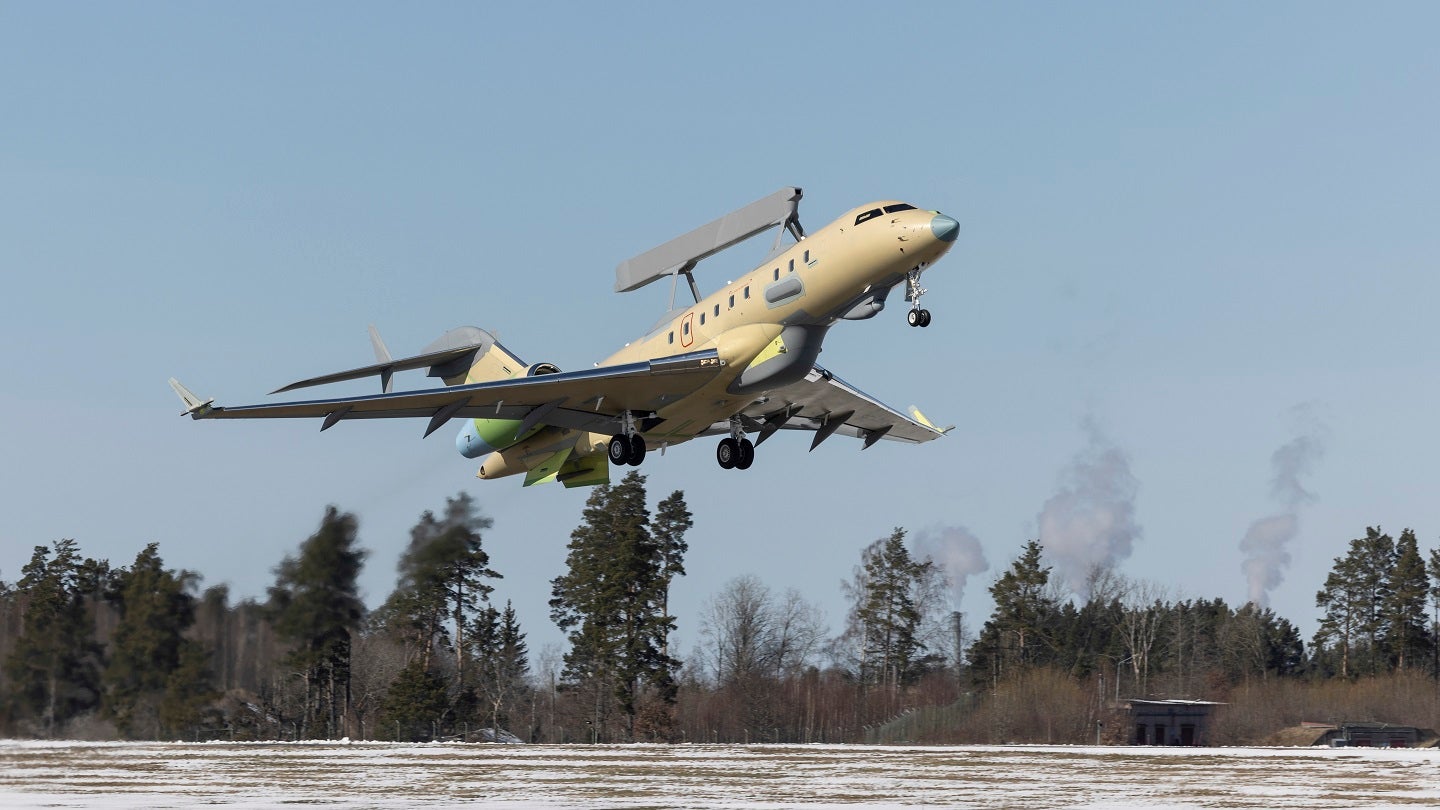
Saab will begin to introduce its fourth GlobalEye variant to the aerospace market following its first successful flight on 3 April 2023.
This is the latest variant in its Airborne Early Warning and Control (AEW&C) programme in which the Swedish company has combined its Erieye extended range radar with an advanced suite of active and passive sensors – all installed within a single long-range business jet. The AEW&C solution provides long-range detection and identification of objects in the air, at sea and over land.
It meets the ever-growing demand of modern militaries too as they move to exploit a deluge of data on an unprecedented scale. Air forces must make use of emerging intelligence, surveillance and reconnaissance (ISR) technologies like the fourth GlobalEye to process it all for control and command (C2).
Saab also extends this milestone as the Swedish company points out that its GlobalEye production time frame will exceed that of its competitors.
Saab’s Business Area Surveillance official, Carl-Johan Bergholm, believes that the successful flight “confirms that we have the infrastructure, the capabilities and the expertise necessary to support our customers with the most advanced AEW&C solution in a time frame that is unmatched in the market”.
The operational success is timely considering militaries are ramping up their defence efforts in response to the current security climate. Saab acknowledges the new demands of militaries to source reliably productive supply chains that can deliver in rapid, and sometimes improbable, time frames.
How well do you really know your competitors?
Access the most comprehensive Company Profiles on the market, powered by GlobalData. Save hours of research. Gain competitive edge.

Thank you!
Your download email will arrive shortly
Not ready to buy yet? Download a free sample
We are confident about the unique quality of our Company Profiles. However, we want you to make the most beneficial decision for your business, so we offer a free sample that you can download by submitting the below form
By GlobalDataSaab’s consumer base
The company asserts that it has the largest AEW&C customer base in the world, having delivered solutions over the last thirty years across the Americas, Europe, the Middle East and Asia for multiple mission roles.
According to GlobalData forecasts spending on ongoing GlobalEye production will see considerable growth from $95m in 2023 to $494m in 2025, which will then sharply decrease to $127m by 2027.
The recent operational success of the fourth GlobalEye will give credence to Bergholm’s claim that Saab will deliver most rapidly in the ISR aircraft market. It is a big step up for the Swedish defence company as this may bring about a steadier growth into GlobalData’s February forecast for spending on the GlobalEye line.
Competing aircraft
Saab’s competitors may continue to struggle with the current supply chain difficulties in the past year. Lockheed Martin’s F-35 combat fighter jet boasts a sophisticated sensor suite. However, Lockheed do face sourcing issues too, as a Pentagon brief from November 2022 suggested that the US Department of Defense “is also accepting F-35 assets for demilitarisation and disposal from US and intenrational customers, a mission that’s also expected to build as more systems are fielded, more jets fly and repair cycles increase”.
A close contender that Saab must face up to is Boeing, with its P-8 Poseidon maritime patrol and reconnaissance aircraft. The P-8 could expand on its already significant success in the global maritime patrol aircraft market, with Canada expressing desire to purchase the aircraft and with New Zealand purchasing it most recently. On top of that, the US is gradually replacing its legacy P-3C Orion fleet with the P-8, and making consecutive upgrades going forward.







